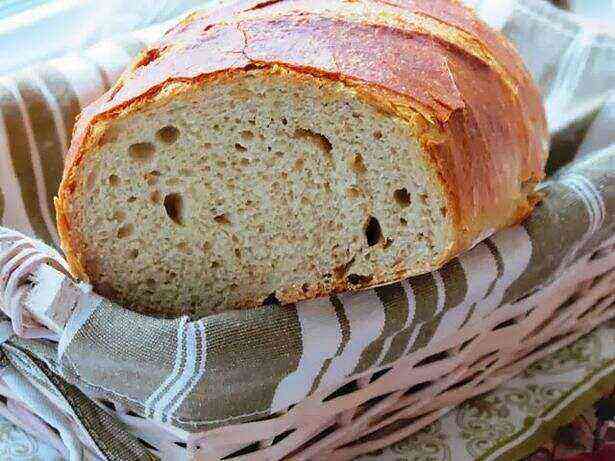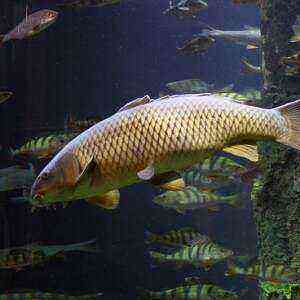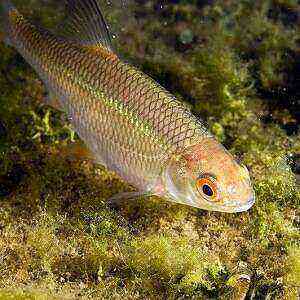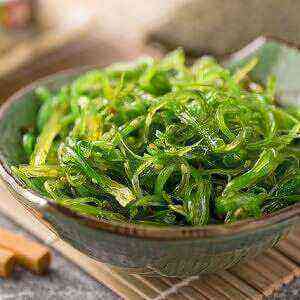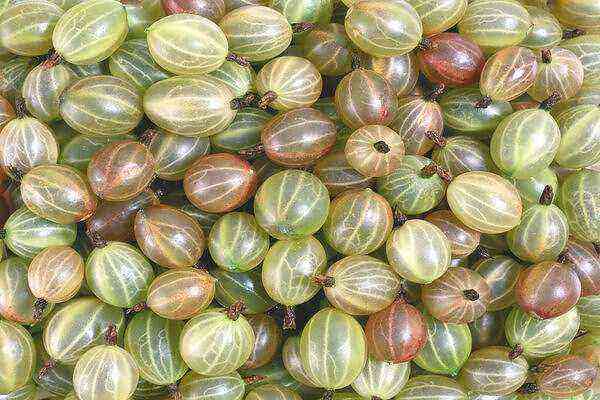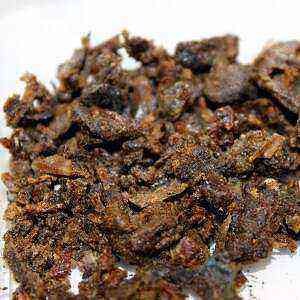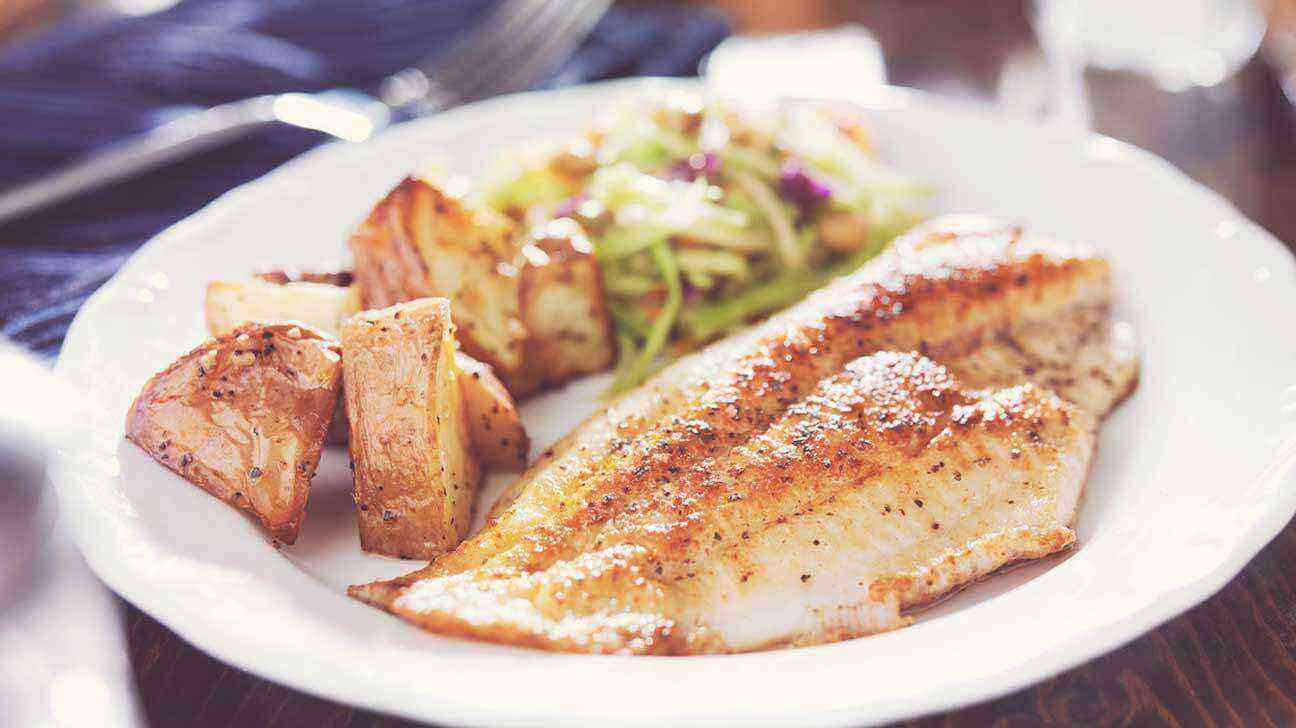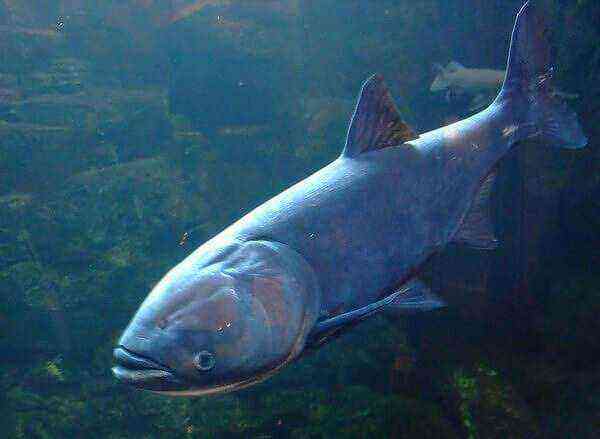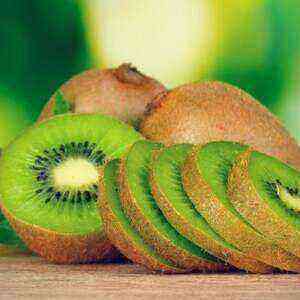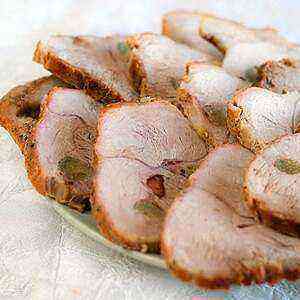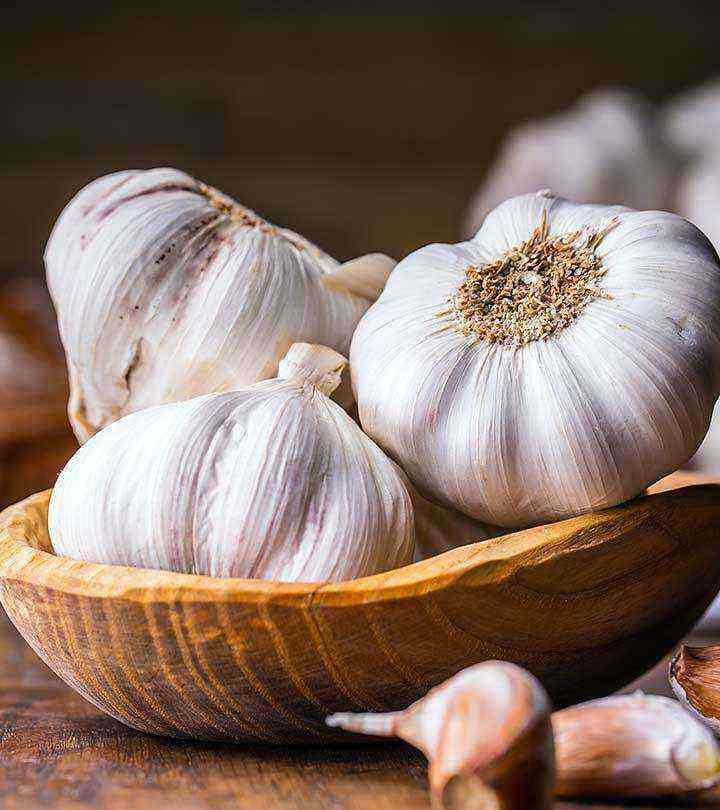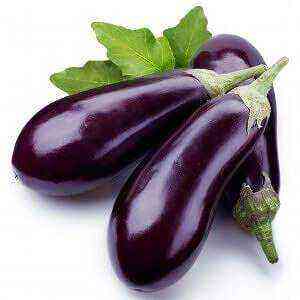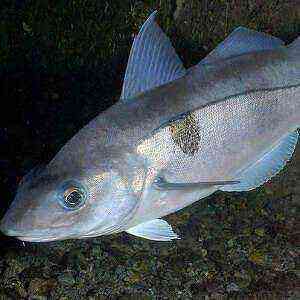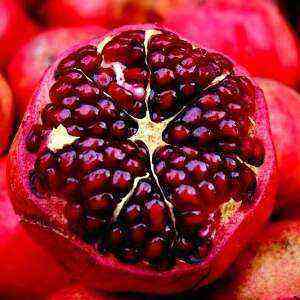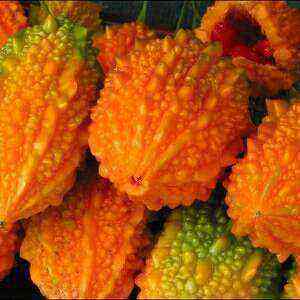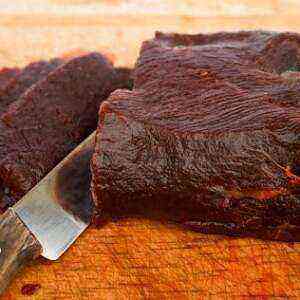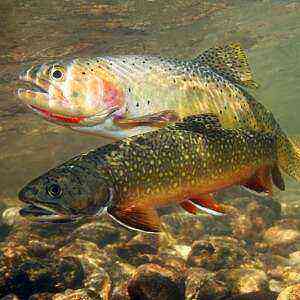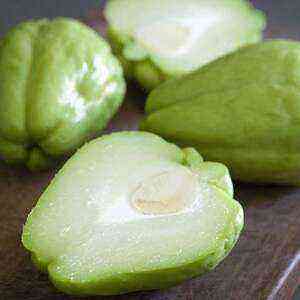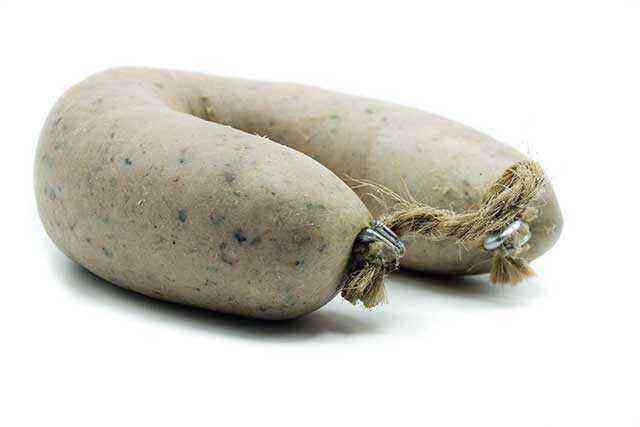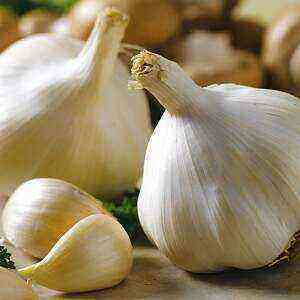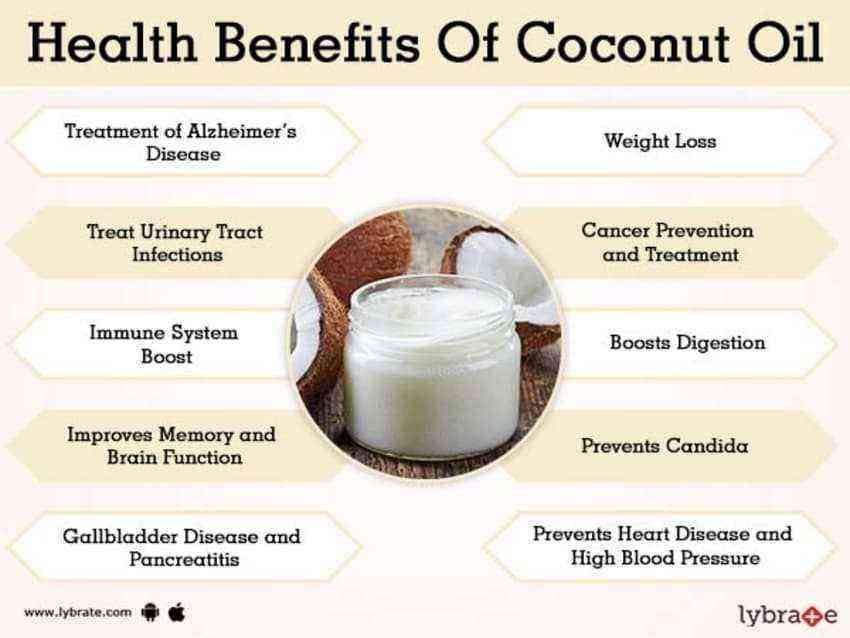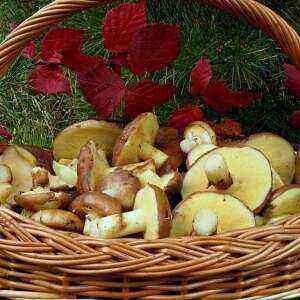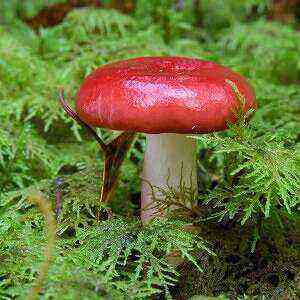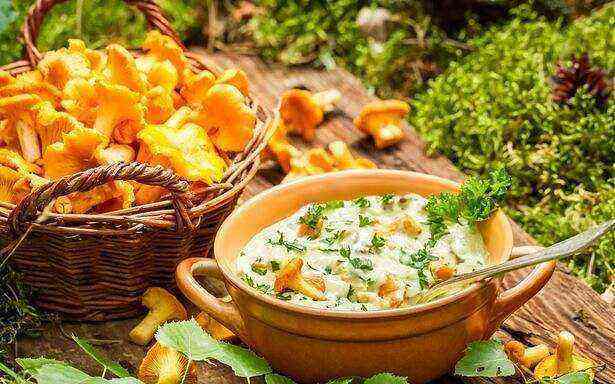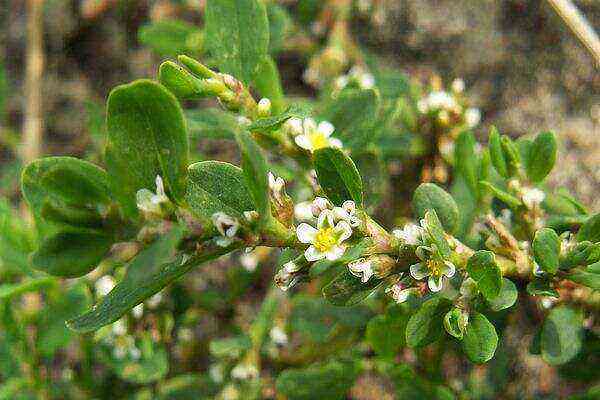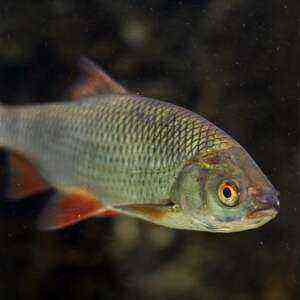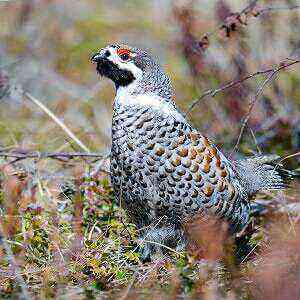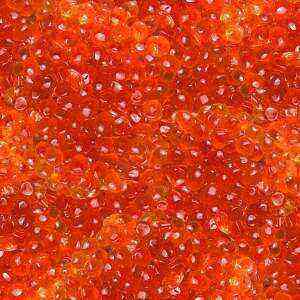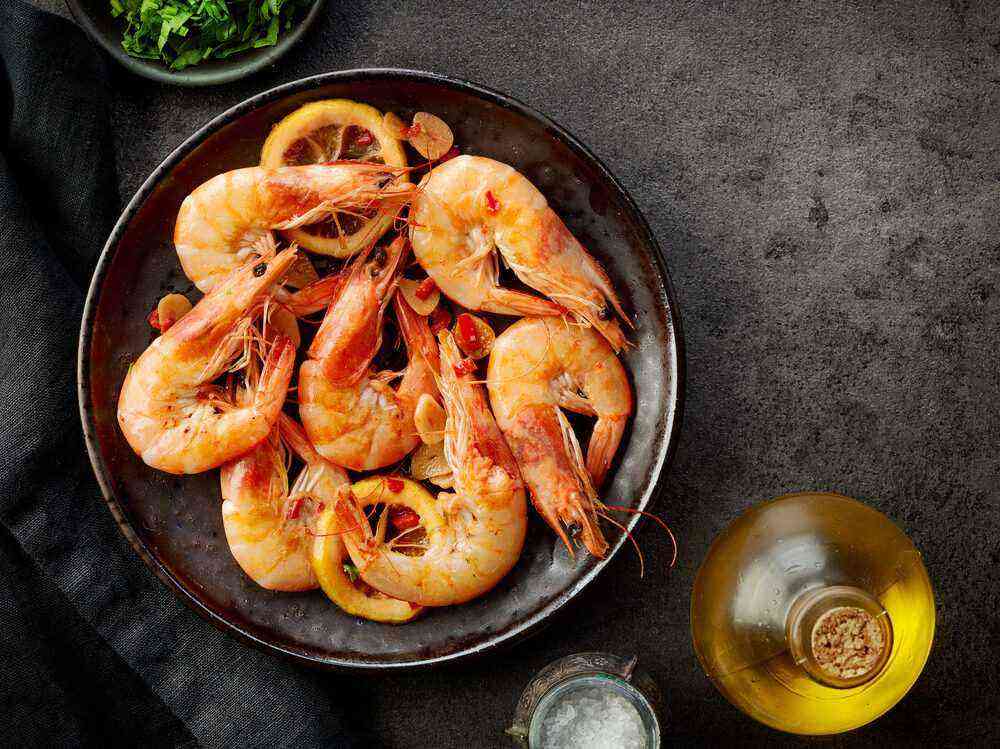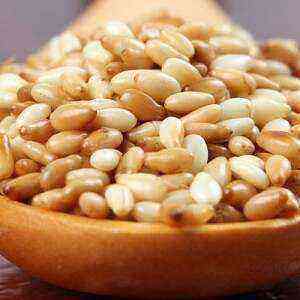
General characteristics
The domestication of pigeons began many hundreds of years ago. Today there are many species of “domesticated” pigeons. But their “call of the ancestors” is so strong that the birds that have escaped from the breeders easily join flocks of wild relatives and get along well in a new family. However, the regular crossing of escaped domesticated birds and wild pigeons has led to the fact that in Europe there are almost no “pure” Columba Livia (doves). Representatives of this species have survived in large numbers only in North and South America. But in the US, pigeons are considered the number one problem. In New York alone, it is estimated that over 1 million of these birds live, and worldwide this figure is about 400 million individuals. Among them, 800 breeds are domestic pigeons.
The pigeon (Latin name Columba) is a small bird: its weight rarely exceeds 400 g, and its size is 40 cm, although there are species that can gain up to 3 kg of weight. But the wingspan of these small birds is more than half a meter. The color of the plumage in different species can vary significantly, but most of all on the planet are gray birds with a dark tail and pale gray wings with black stripes. In appearance, males and females practically do not differ from each other, young birds are easy to recognize by the smaller number of overflows on the plumage.
Rock dove nests are usually fragile and short-lived. Meanwhile, birds can rebuild their “houses” in the same place – on the remains of the previous one. And because they don’t bother to clean the nest of chick feces, over time, the “house” becomes stronger, larger and dirtier.
These birds have incredible navigational abilities. They can easily find their way home from any distance and while flying at high speed. But, despite this, pigeons are prone to a sedentary life and rarely leave their homes. If they unwittingly have to “move” (for example, poultry together with the owner), they will quickly find their way back home. In some cases, it only takes a few hours for them to determine their new location and plot the route.
Biological features

These birds are monogamous. Sexual maturity is reached at the age of 7 months. On days 7-12 after mating, females lay 1-3 white eggs, of which chicks appear after 18 days. The first food of the young is bird milk, which is a secret secreted in the beaks of adult birds of both sexes. Babies will need about 30 days to fledge, grow stronger, and leave the nest. Pigeons can breed at different times of the year, but still the peak is celebrated in spring and autumn. The population of a pigeon flock, as a rule, consists of an equal number of females and males. When the number of birds decreases sharply, pigeons actively restore their population. In captivity (domesticated) birds can live for 15 years or longer, urban birds – no longer than 48 months.
Doves in world culture
It is believed that even the Sumerians and the inhabitants of Mesopotamia knew pigeons and ate them. Soon after domestication, birds became much more than just a source of food for humans. People watched them and realized that they could get other benefits from birds. So even in ancient Phenicia, the services of sisars were used to transmit information. This skill of birds is used to this day. It is known that during the Second World War, pigeons “earned money” as scouts.

In addition, since the late Middle Ages, pigeons have been bred in Europe to satisfy aesthetic needs. And by the early 1900s, they had become popular “pets” not only among the nobility, but also among the working class. And now breeders annually hold exhibitions of pigeons, where several tens of thousands of birds of different breeds can be presented.
In addition to everything among Europeans and Americans, a unique competition is popular – pigeon racing. By the way, the collection of the best “racers” can cost more than $ 100 million, and the winning bird – over $ 300 thousand.
But even this does not end with the benefits of pigeons for humans. In addition to many other advantages, they serve as nutritious food, which in different centuries saved a person from starvation, and now the meat of these birds is included in the menu of many restaurants.
Pigeon meat: health benefits and harms
In terms of the content of nutrients, pigeon can compete with any other type of meat. The fillets of these birds contain:
- vitamin A – 722 IU;
- vitamin B1 (thiamine) – 0,6 mg;
vitamin B2 (riboflavin) – 0,7 mg;
- vitamin B3 (niacin) – 18 mg;
- vitamin B5 (pantothenic acid) – 0,7 mg;
- Vitamin B6 (pyridoxine) – 0,6 mg;
- vitamin B9 (folic acid) – 6,1 mcg;
- vitamin B12 (cobalamin) – 0,5 mcg;
- vitamin C (ascorbic acid) – 5,4 mg;
- calcium – 15,6 mg;
- iron – 3,5 mg;
- phosphorus – 237 mg;
- selenium – 13,2 mcg;
- zinc – 2,5 mg;
- copper – 437 mcg;
- magnesium – 25,3 mg;
- manganese – 0,01 mg;
- potassium – 201 mg;
- sodium – 55 mg;
- fatty acids – 8,5 mg;
- cholesterol – 95 mg;
- ash – 1,5 g;
- fats – 13 g;
- proteins – 24 g;
- carbohydrates – 0 g.
Calorie content per 100 g of meat is approximately 213 kcal. Pigeon meat belongs to the easily digestible foods that do not cause obesity.
Useful properties of pigeon meat
The function of this delicacy for human health is determined by its chemical composition. Each component in the product plays a role in keeping the human body working properly. Here are just some of the benefits.
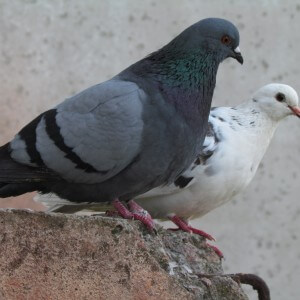
- improves the function of the immune system;
- maintains healthy skin, nails and hair;
- promotes the production of enzymes;
- helps to lose excess weight faster;
- relieves fatigue and weakness;
- improves overall health;
- important for proper blood clotting;
- necessary for the proper growth and development of the body.
If you know that this delicacy contains impressive portions of vitamin B1, it becomes clear why this meat is important for the nervous system, muscles, including the heart, and blood vessels. Also, regular consumption of this product will help prevent numbness in the legs and increase appetite.
Thanks to vitamin B3, pigeon meat:
- creates the right balance of “bad” and “good” cholesterol;
- normalizes blood sugar levels;
- contributes to the correct metabolism of fats;
- relieves weakness;
- normalizes appetite;
- prevents infectious skin diseases;
- protects against indigestion;
- restores the healthy appearance of the skin.
Vitamin B6 is also abundant in pigeon meat. Thanks to this, poultry meat:
- useful for the proper functioning of the brain;
- provides the body with energy;
- prevents the risk of developing cardio diseases;
- has a beneficial effect on nerve cells;
- prevents the accumulation of excess homocysteine;
- reduces fatigue;
- serves as the prevention of anemia;
- reduces the risk of dermatitis, eczema and other skin diseases;
- reduces cramps.
Pigeon meat is a good source of copper, which is known to be:
- strengthens various tissues of the body;
- supports bone health;
- improves the functioning of the thyroid gland;
- has a beneficial effect on the state of the nervous system;
- increases the level of “good” cholesterol;
- relieves chronic fatigue and weakness.

- improves oxygen distribution throughout the body;
- strengthens the immune system;
- supplies the body with energy;
- treats weakness;
- increases the level of concentration;
- reduces the likelihood of infectious diseases;
- strengthens nails and hair;
- relieves dizziness;
- prevents migraines;
- protects against the risks of depression and apathy.
Zinc in the meat of domestic or wild pigeons gives it many beneficial qualities. In particular, the systematic consumption of these birds as food:
- strengthens the immune system;
- promotes the proper growth of bone cells;
- prevents the appearance of warts;
- accelerates wound healing;
- sharpens the sense of smell and taste buds;
- normalizes blood sugar levels;
- regulates metabolism;
- normalizes appetite;
- prevents depression;
- protects against frequent colds and infections;
- promotes healthy growth and development of children.
And, perhaps, the most important abilities of the pigeon are given by selenium. Thanks to this component, the meat:
- protects against free radicals;
- activates the functioning of the thyroid gland;
- reduces the risk of inflammation in the joints;
- prevents muscle pain;
- reduces fatigue;
- prevents hair depigmentation;
- prevents the appearance of age spots on the skin;
- protects against certain types of cancer;
- reduces the risk of developing heart and vascular diseases.
Who needs pigeon
It is already clear that saesar meat is not only nutritious, but also has many health benefits. But besides the general strengthening function, pigeon can effectively prevent many diseases. Modern medicine, for example, recommends this product for people with kidney disease and high blood pressure to improve memory and regulate blood glucose. The benefits of pigeon meat are also noted by cosmetologists. They claim that this product is able to effectively affect the skin: make it soft, get rid of wrinkles and age spots.
This dietary product is useful for pregnant women, elderly people, as well as those recovering from serious illness or surgery. Dove meat is useful for the treatment and prevention of anemia, various diseases of the blood, lungs and general weakness.
This product is also useful in the diet of obese people. Being a food low in fat and almost a quarter of protein, it promotes healthy weight loss and restoration of amino acid balance.
Pigeons in cooking
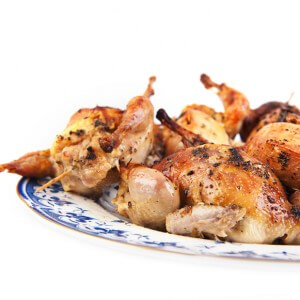
Pigeon meat is full of proteins, minerals and is easily absorbed by the body. Gourmets love the meat of these birds for its softness and tender texture. And unlike other feathered game, pigeon does not have a specific smell. This meat is equally delicious when fried, stewed, baked or grilled. Chefs of many restaurants advise combining this slightly sweet fillet with berry and fruit sauces, red wine, mushrooms and vegetable garnishes. Different countries have their own tradition of cooking this bird. The French, for example, are delighted with marinated dove meat, the Chinese serve it with green peas, in Moldova it is customary to stuff bird carcasses with mutton, and in Egypt – with millet.
Dove meat is classified as a delicacy. In the Middle Ages in the Middle East and Europe, the meat of wild pigeons was consumed, but today fillets of domesticated birds serve as raw materials for almost all dishes.
How to choose, store and butcher pigeons
Already cut frozen carcasses are usually put up for sale. When buying poultry on the market, it is first of all important to pay attention to the smell – it must be fresh. The color of real pigeon meat is red, and the skin of these birds is dark, in some species it is brownish-purple. By this feature, it is easy to determine that the carcass belongs to the pigeon.
If you got a pigeon as a trophy on a hunt or you decide to cook poultry, then it is important to know some of the features of butchering the carcass. To begin with, even before plucking, you need to chop off the head, wings and legs. Starting just below the ribcage, cut open the peeled carcass. First of all, the “goiter” (where food is collected beforehand) and intestines are taken out of it, then they are cleaned of other giblets. Rinse the finished carcass thoroughly and you can start cooking any dish. Typically, a medium pigeon is a serving for one person.
An important note: the meat must be well cooked or baked, as poultry can serve as a carrier of dangerous parasites.
Pigeon danger

Undercooked meat of saesars is also dangerous for humans, in which various parasites can accumulate. Another reason to skip this poultry dish is protein allergy. This disease is very rare, but still.
These birds are known all over the world. They have lived side by side with humans for centuries. Even at the dawn of civilization, people understood: this bird is not only beautiful and smart, but also tasty and healthy. To this day, sisarei fillets can compete with many other types of meat in their nutritional value.
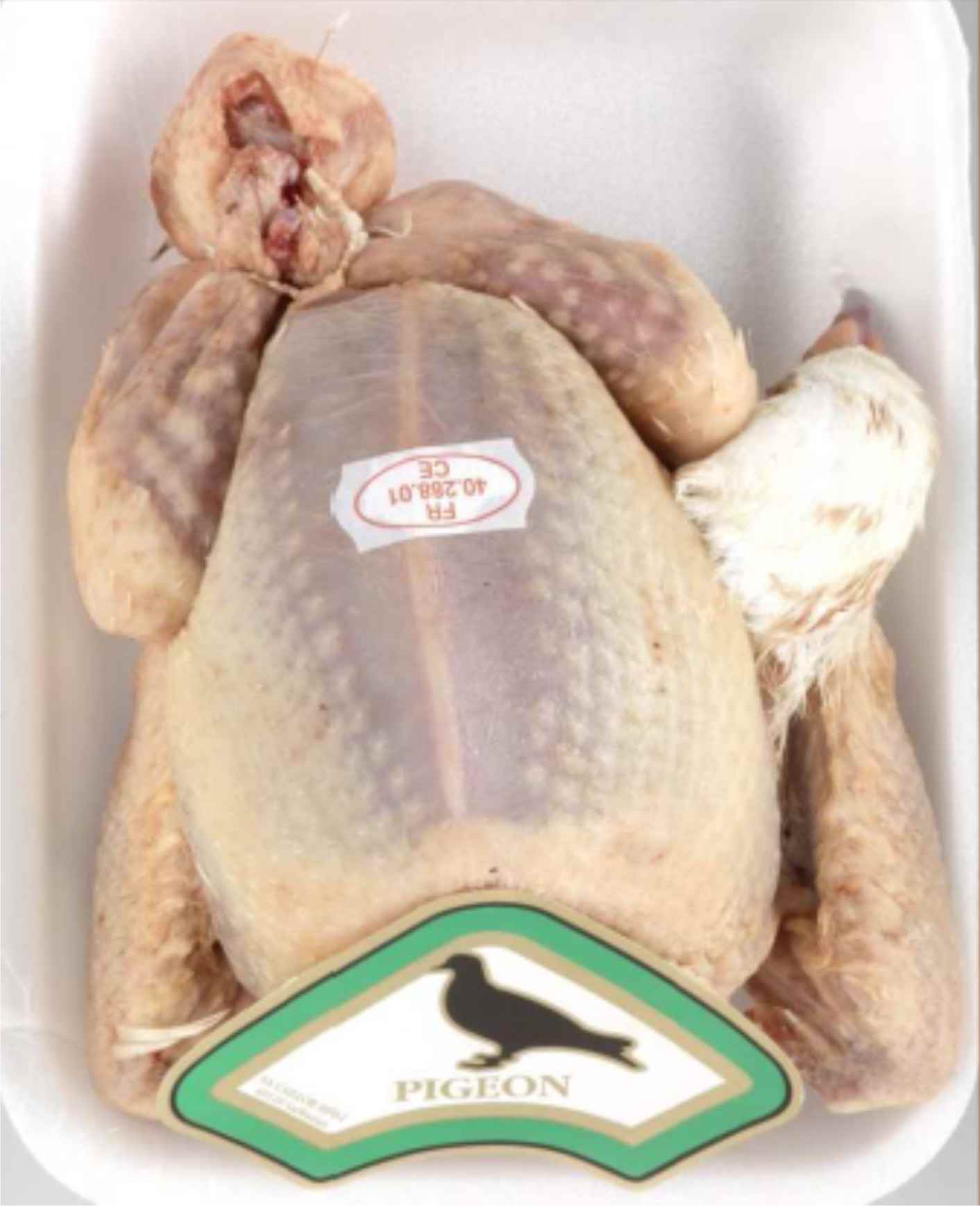 vitamin B2 (riboflavin) – 0,7 mg;
vitamin B2 (riboflavin) – 0,7 mg;